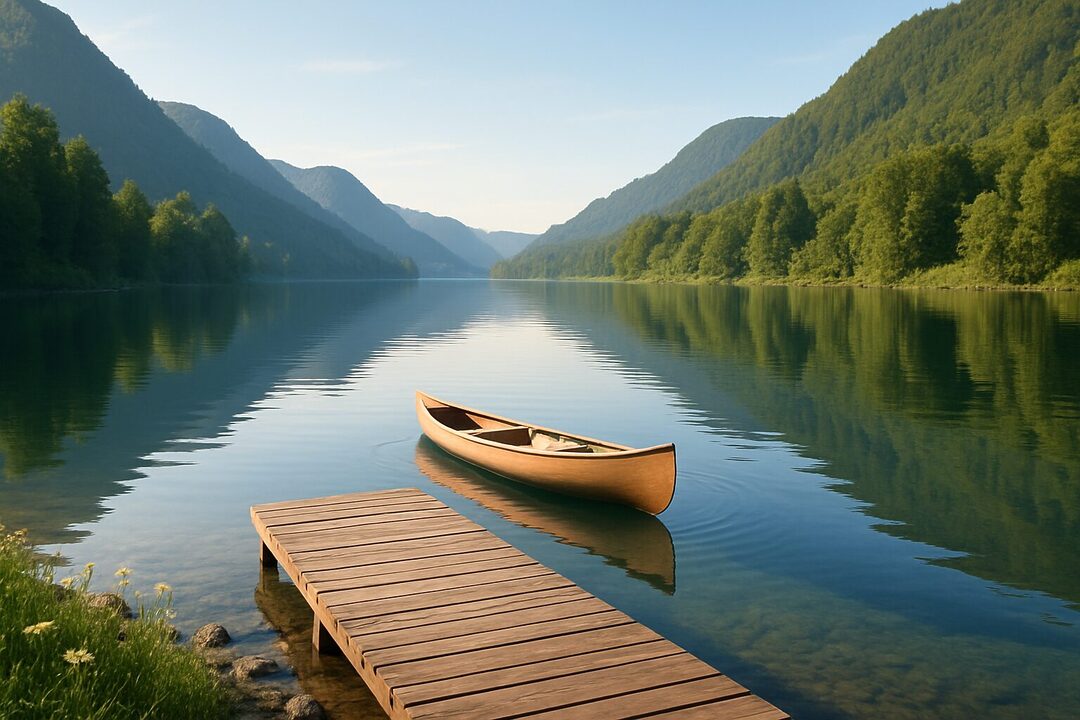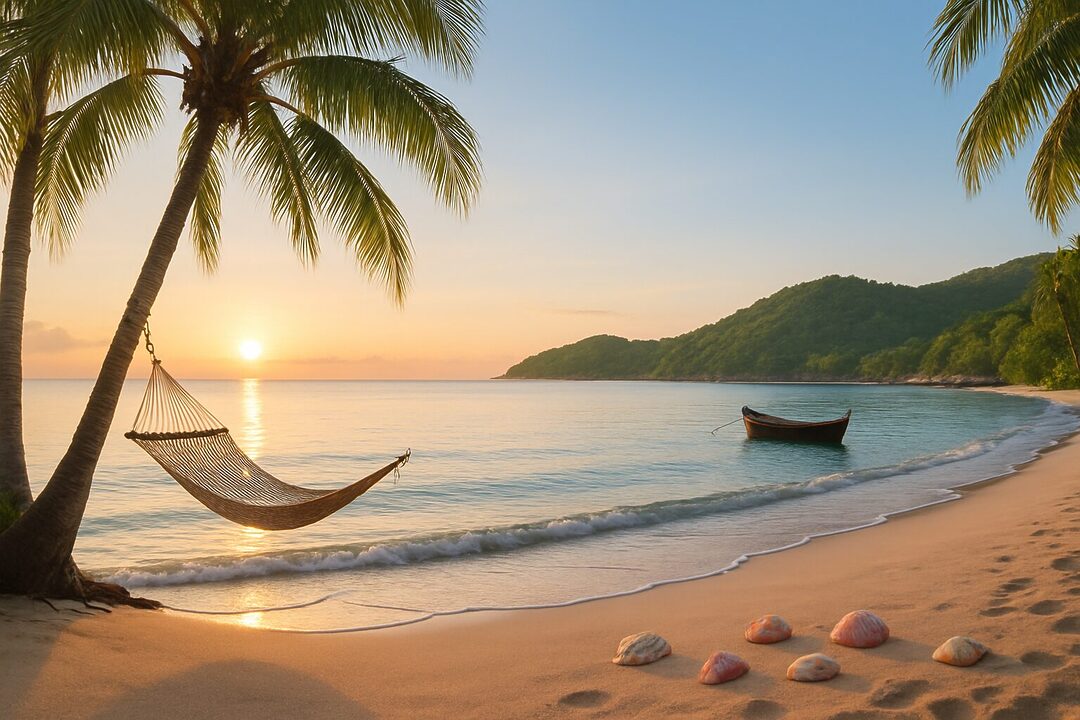In a world where fast-paced travel often leads to exhaustion rather than rejuvenation, the concept of slow travel presents a fresh, mindful approach for 2025. This travel philosophy invites folks to move at a relaxed rhythm, savoring each destination and fostering genuine connections with local culture, nature, and people. It’s a growing trend embraced for its ability to deepen experiences while promoting sustainability and well-being.
The evolution of slow travel aligns perfectly with 2025’s broader tourism trends emphasizing meaningful immersion over sheer volume of visited places. Instead of chasing a checklist of monuments, travelers are now uncovering hidden gems, relishing local cuisines, joining community events, and prioritizing quality time over quantity. Such shifts allow journeys to become transformational, providing space for reflection, relaxation, and the cultivation of patience.
Planning a slow travel itinerary requires a balance between purposeful structure and flexible spontaneity. It’s about choosing destinations conducive to lingering, designing adaptable daily plans that highlight local life, and committing to extended stays that facilitate authentic engagement. Tools and platforms such as Airbnb, Expedia, Kayak, Lonely Planet, and Rick Steves serve as invaluable resources to tailor this approach effectively.
Moreover, embracing sustainable practices is central to this style of travel—favoring eco-conscious accommodations, low-impact transportation, and supporting community economies. With its blend of mindfulness, cultural immersion, and environmental respect, slow travel redefines what it means to explore the world thoughtfully in 2025 and beyond.
Selecting Ideal Destinations for a Slow Travel Journey in 2025
Choosing the right destination forms the cornerstone of successfully planning a slow travel itinerary. In 2025, the focus is on locales where the pace of life naturally invites slower exploration and cultural depth rather than superficial sightseeing. Emerging destinations often promoted through platforms like The Culture Trip and Backroads have become popular for their authentic and less crowded environments.
Analytics from Google Trends combined with insights from TripAdvisor and Lonely Planet help identify places gaining traction as slow travel-friendly. For instance, small towns with vibrant local communities, accessible nature trails, and rich cultural heritages offer fertile ground for immersive experiences.
Here is a checklist for selecting suitable destinations:
- Assess Cultural Richness: Look for regions renowned for traditions, festivals, and art forms accessible to visitors.
- Evaluate Connectivity: Accessibility via environmentally conscious transport options, such as trains or public transit.
- Consider Accommodation Options: Availability of long-term stays via Airbnb or eco-friendly boutique hotels.
- Study Environmental Features: Presence of natural parks, walking trails, and outdoor activities conducive to slow exploration.
- Examine Local Engagement: Opportunities to participate in community events, cooking classes, or artisan workshops.
Utilizing tools such as Expedia and Kayak enables travelers to compare various options efficiently, while Rick Steves’ travel guides offer valuable advice for lesser-known destinations ideal for slow travel. Moreover, exploring sustainable destinations through resources like Serenity Trips’ Hidden Gems enriches the planning process.
| Destination Type | Key Features | Recommended Resource | Suitable Slow Travel Activities |
|---|---|---|---|
| Historic Small Towns | Architecture, local festivals, culinary traditions | Lonely Planet, Rick Steves | Walking tours, cooking classes, market visits |
| Nature-Focused Regions | National parks, hiking, lakes | Backroads, TripAdvisor | Slow hikes, nature photography, guided eco-tours |
| Coastal Villages | Fishing communities, seafood cuisine, beaches | The Culture Trip, Airbnb | Beach yoga, fishing experiences, local festivals |
| Rural Countryside | Farms, artisanal crafts, serene landscapes | Expedia, Serenity Trips | Farm stays, craft workshops, slow cycling tours |
By carefully evaluating these facets, travelers can pinpoint destinations that resonate with slow travel’s essence, thereby creating opportunities for authentic, unhurried adventures in 2025.
Designing a Flexible Itinerary to Maximize Your Slow Travel Experience
Crafting an itinerary for slow travel means embracing fluidity over rigidity. Instead of counting down a packed schedule, the goal is to prioritize quality moments and room for unplanned discoveries. This philosophy aligns closely with ideas popularized by travel experts like Nomadic Matt and platforms such as Roadtrippers that value spontaneity within mindful frameworks.
Adopting a flexible itinerary enhances the capacity for authentic cultural immersion and deeper environmental appreciation. A few guiding principles include:
- Limit Daily Activities: Focus on one or two immersive experiences per day rather than attempting to check off multiple tourist spots.
- Build in Rest Days: Allocate discretionary time to reflect, relax, or explore at your whim.
- Include Local Recommendations: Leave space to follow suggestions from hosts or new acquaintances encountered en route.
- Stay Connected to Local Transportation: Prioritize walking, biking, or public transit methods to move gently through the environment.
- Avoid Overbooking: Minimize down payments and non-refundable reservations to maintain schedule flexibility.
Platforms like Airbnb allow travelers to book longer stays with flexible cancellation policies, which perfectly suits these mindset changes. Complementary digital tools like Skyscanner and Expedia are perfect for dynamically adjusting transportation and accommodation plans based on evolving interests.
| Itinerary Element | Flexible Approach | Benefits |
|---|---|---|
| Accommodation | Book stays of 7+ days with flexible check-in/out | Allows settling in and forming local ties |
| Daily Scheduling | Plan 1-2 main activities, leave afternoons free | Reduces stress, encourages spontaneous exploration |
| Transportation | Prioritize local transit, walking, bike rentals | Reduces carbon footprint, encourages slow discovery |
This delicate balance empowers travelers to dive fully into the moment while maintaining the freedom to evolve the journey organically. For a more in-depth guide, see the itinerary planning resources provided by Daydreams & Wanderlust.
Maximizing Cultural Immersion and Environmental Consciousness During Slow Travel
Slow travel is inseparable from deep cultural engagement and responsible environmental stewardship. It shifts the traveler’s role from mere observer to active participant, fostering respect and meaningful exchange. Embracing this holistic perspective elevates the journey beyond the superficial.
How to enhance cultural immersion in 2025:
- Engage with Local Hosts: Staying in locally owned accommodations, such as boutique guesthouses and Airbnb rentals, often provides personal connections and insider knowledge.
- Participate in Traditional Activities: Cooking classes, artisanal workshops, and community festivals bring local customs to life in intimate settings.
- Support Local Enterprises: Prioritize dining at family-run restaurants and shopping at craft markets instead of chain stores, thus reinforcing economic sustainability.
- Learn Basics of Local Language: Small linguistic efforts deepen interactions and demonstrate respect.
Environmental consciousness is equally pivotal in slow travel:
- Choose Sustainable Transportation: Whenever possible, opt for bicycles, trains, or walking instead of flights or private vehicles.
- Stay at Eco-Friendly Properties: Seek out accommodations certified by green standards or those with clear sustainability commitments.
- Minimize Waste: Use reusable water bottles, avoid single-use plastics, and support businesses that implement thoughtful waste management.
- Respect Natural Habitats: Adhere to guidelines in protected areas, practice “Leave No Trace,” and avoid disturbing wildlife.
| Cultural Immersion Action | Examples | Benefits |
|---|---|---|
| Cooking Classes | Local cuisine lessons in Tuscan villages, Thai street food tours | Hands-on cultural insight, memorable food experiences |
| Community Festivals | Traditional dance ceremonies in Kyoto, harvest festivals in Provence | Authentic interaction, preservation of cultural heritage |
| Eco-Stays | Green-certified lodges in New Zealand, family-owned guesthouses in rural France | Reduced environmental impact and support for local economies |
To delve deeper into weaving sustainability and mindful cultural connection into your travels, valuable advice is available from sources like WhatCherithInks and Celebrate Life’s Adventures.
Mindfulness and Reflection: Enhancing Well-being Through Slow Travel
Mindfulness transforms travel from a series of tasks into a profound, enriching journey. In slow travel, being fully present enhances all encounters—whether sipping tea in a serene garden, wandering through markets, or meditating on a mountaintop. This presence fosters stress reduction, deeper appreciation, and lasting memories.
In 2025, travelers seeking mindful experiences integrate practices such as:
- Forest Bathing and Mindful Walks: Inspired by Shinrin-Yoku, these calm nature immersions deepen sensory connection and mental restoration.
- Journaling Travel Reflections: Writing daily insights captures emotional nuances and facilitates self-discovery.
- Digital Detox Periods: Strategic breaks from screens help anchor attention in the here and now.
- Mindful Breathing and Meditation: Centering exercises before or during exploring nurture tranquility and openness.
Building habitual reflection into travel routines translates into long-term well-being benefits and a richer understanding of one’s journey. For example, after immersing in a slow travel experience in New Zealand, many have reported increased patience, renewed creativity, and emotional clarity.
| Mindfulness Practice | How to Implement | Benefits |
|---|---|---|
| Forest Bathing | Walk slowly in nature, engage senses fully | Reduces anxiety, enhances sensory awareness |
| Travel Journaling | Daily note-taking of thoughts and experiences | Encourages reflection, preserves memories |
| Digital Detox | Set aside phone-free hours or days | Improves presence, decreases stress |
| Mindful Breathing | Practice focused breathing during breaks | Increases calm, aids concentration |
More guidance on integrating mindfulness into slow travel is shared through respected blogs such as The World on My Necklace and TravelFlowHQ.

As a 34-year-old Yoga Teacher, I am passionate about guiding others on their journey to mindfulness and well-being. With years of experience in various yoga styles, I create a welcoming environment that encourages personal growth and self-discovery. Join me in exploring the transformative power of yoga.


